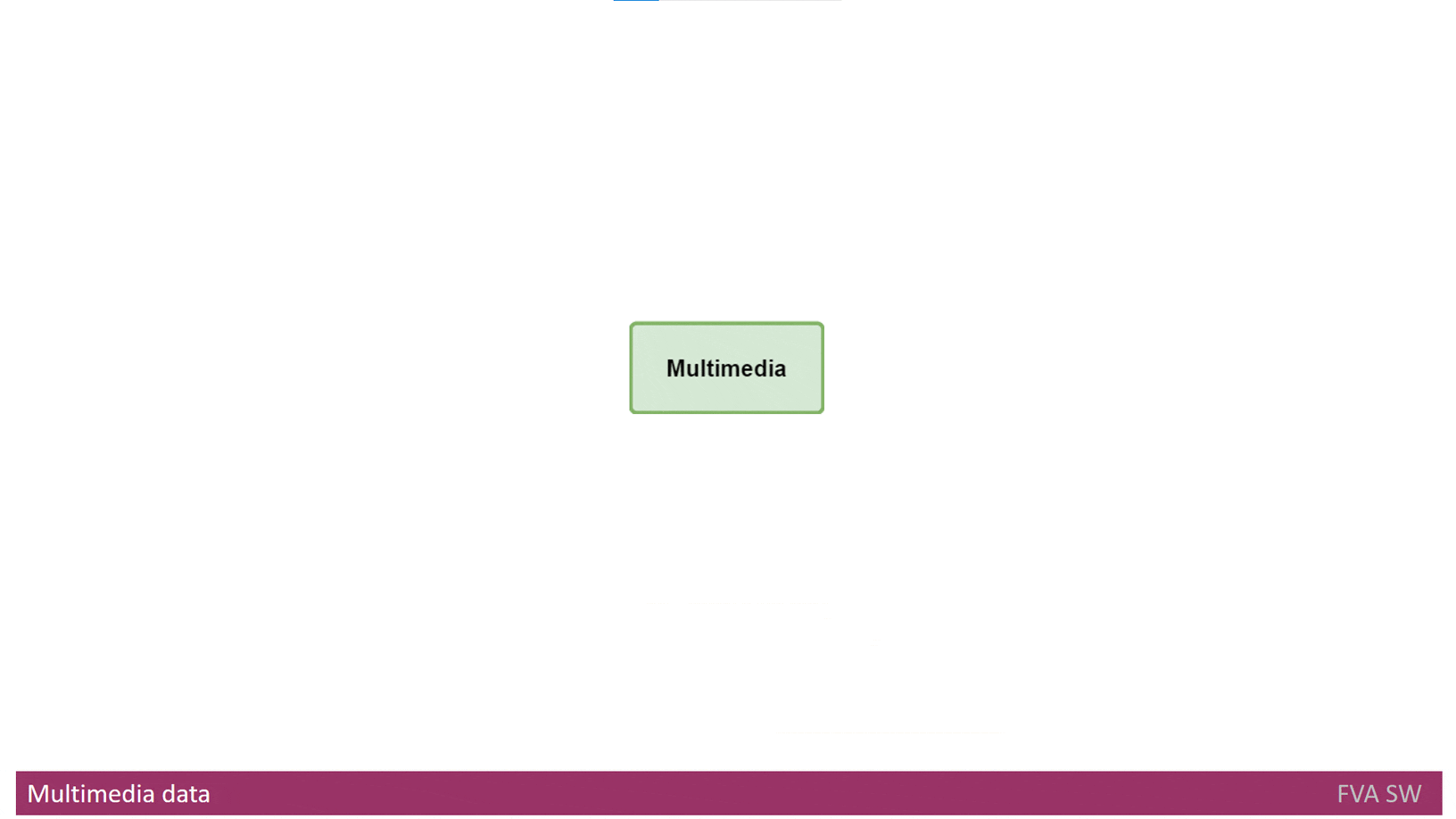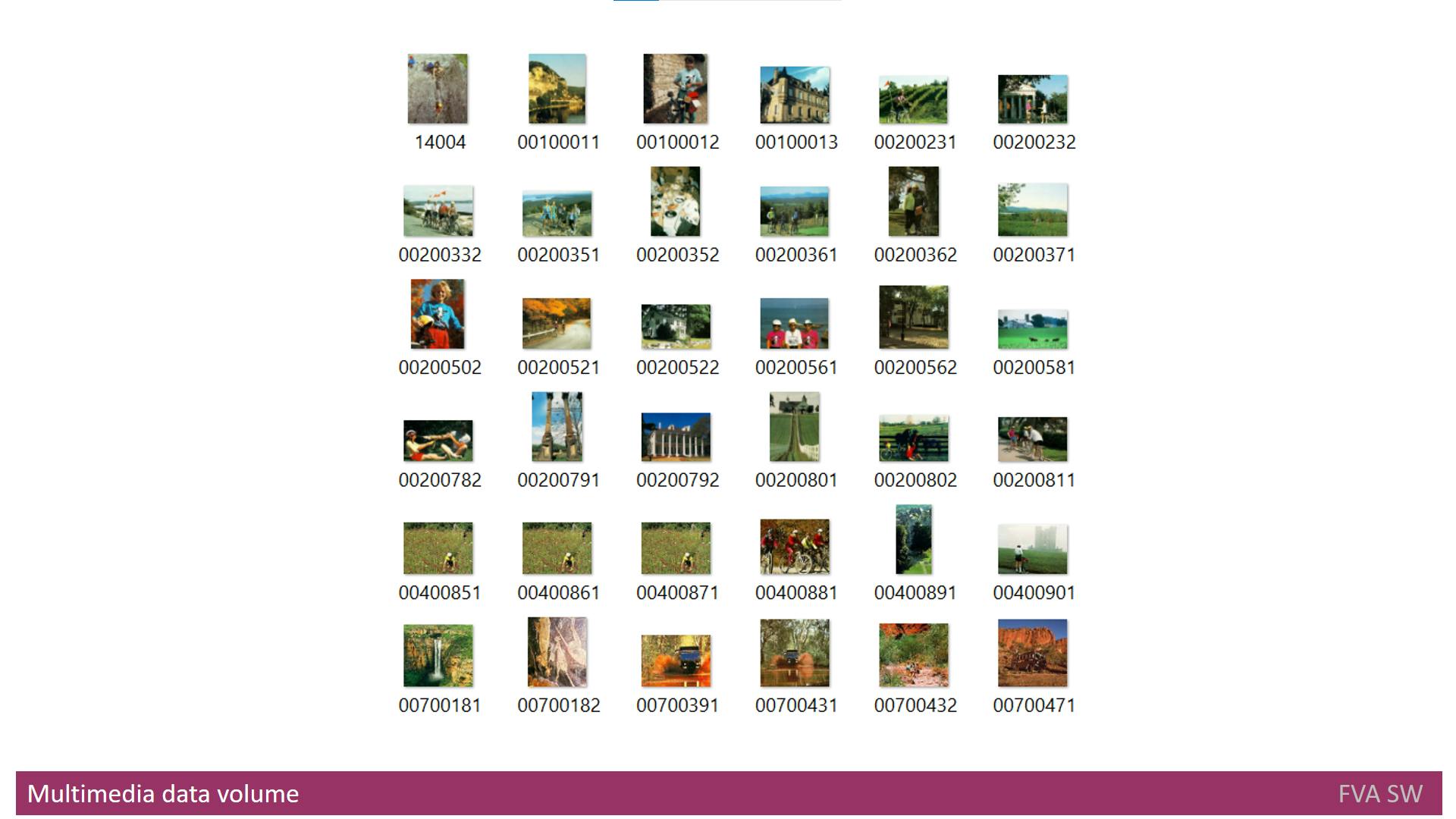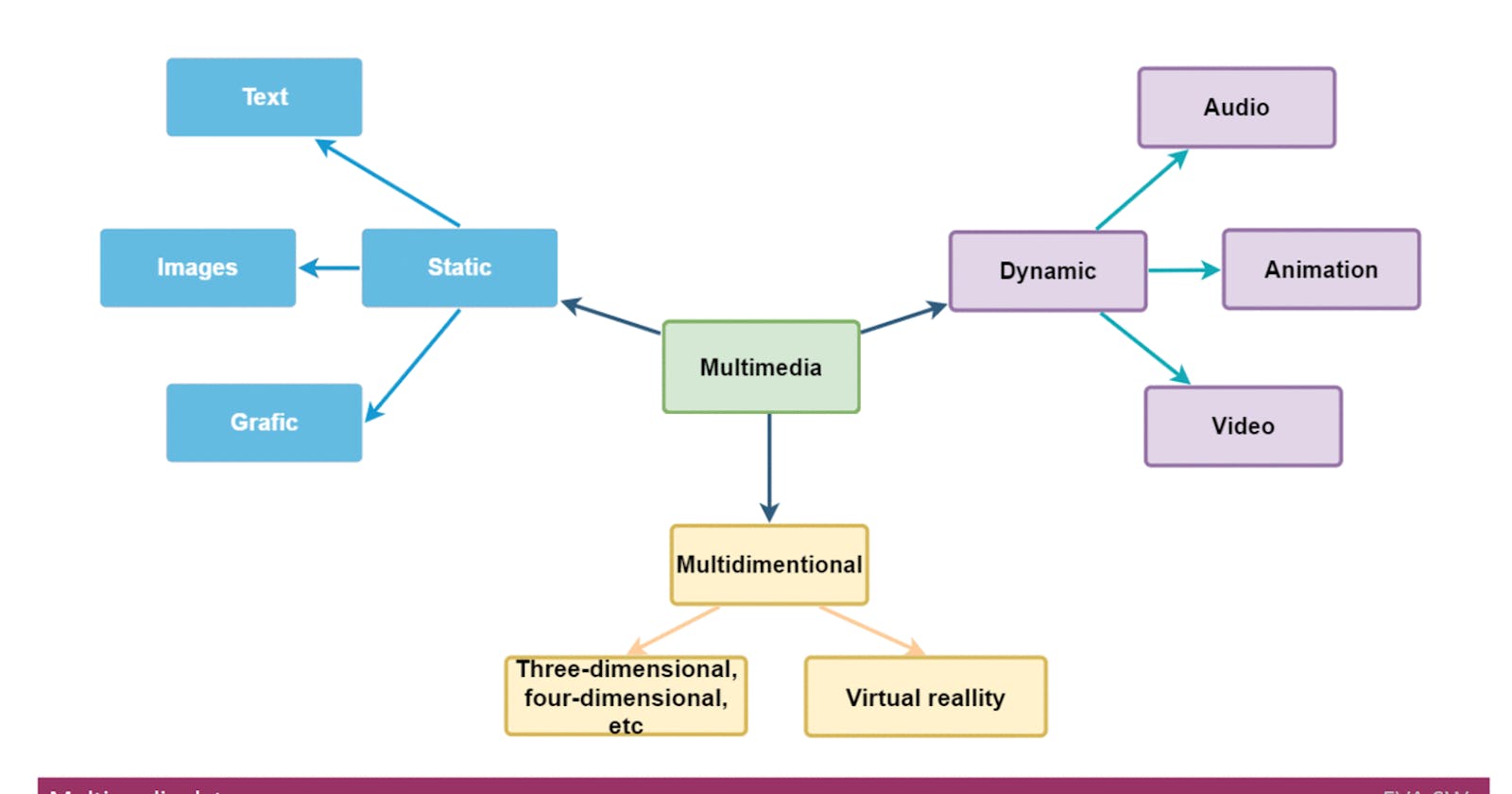Table of contents
No headings in the article.
We live in the digital data era, and growing of the Internet gives us a possibility to find the information really easily by one click. We are allowed now to search the information from anywhere.
In the world of high technology, high-speed Internet access gives everyone an opportunity to use software to search and to manage the information from any sources.
People interact with digital data every day and a continued growth contributes to the development of such type of information as multimedia data. Multimedia itself means data of more than one medium.
It usually refers to data representing multiple types of media to capture information and experiences related to objects and events. Commonly used forms of data are numbers, alphanumeric characters, text, images, audio, and video.
In common usage, people refer a data set as multimedia only when time-dependent data such as audio and video are involved (link.springer.com/referenceworkentry/10.100..)

The multimedia data is divided into three subclasses:
multidimensional (also called spatial) types are:
- Three-dimensional, four-dimensional, five-dimensional, etc.;
- Virtual reality content.,
dynamic:
- Video content;
- Animation content;
- Audio content.
and static content:
- Image or photo content;
- Graphic content;
- Text content.
The text information has been the dominant one as a way for communication between people. But other media types such as audio, image, and video are getting importance in context of growing the computing capabilities like the disk and memory space, growing processing power, etc. (epgp.inflibnet.ac.in/epgpdata/uploads/epgp_..).
Since a lot of people own the phones with a camera, and there are numerous webcams, motion cameras, tablets with a camera, the global photo content amount is huge.
By prediction, the humanity is going to take about 1.5 trillion photos this year (blog.mylio.com/how-many-photos-will-be-take..).
Due to enormous amount of multimedia content across the world and, often, large number of multimedia content in an average family (like photos), there is a demand to make the search among different types of media.
The systems that implement this market request are referred to as Multimedia Information Retrieval (Multimedia IR) systems.

Such Multimedia IR systems usually provide such functions as storage, indexing, searching and delivery of multimedia information.
They might also include such features as extracting descriptive features from multimedia data. The non-textual information significantly differs from the textual information.
Therefore, different approaches and engines might be used depending on the type of multimedia data. In fact, in most cases Multimedia IR systems work with text content. The examples are Google, Bing, etc.
Meanwhile, the other types of information are getting more and more important, because the search for any type information is the most valuable feature of human activity when it is online.
Statistics show that a huge number of resources such as photos, videos, etc. appear and disappear on the Internet every day as a source of search request.
